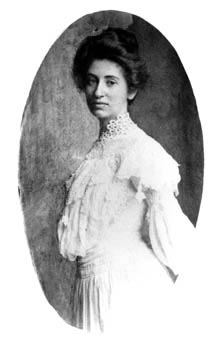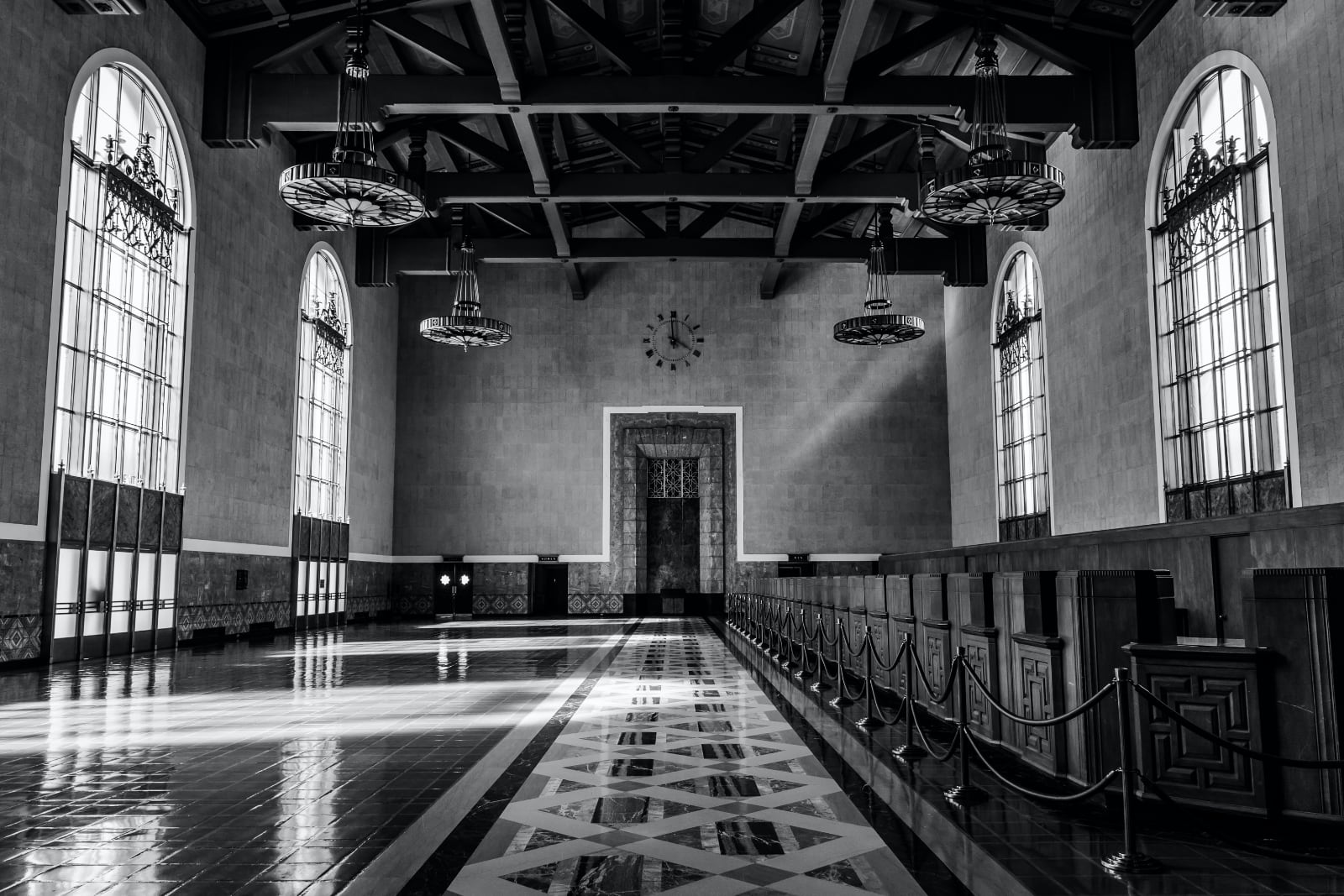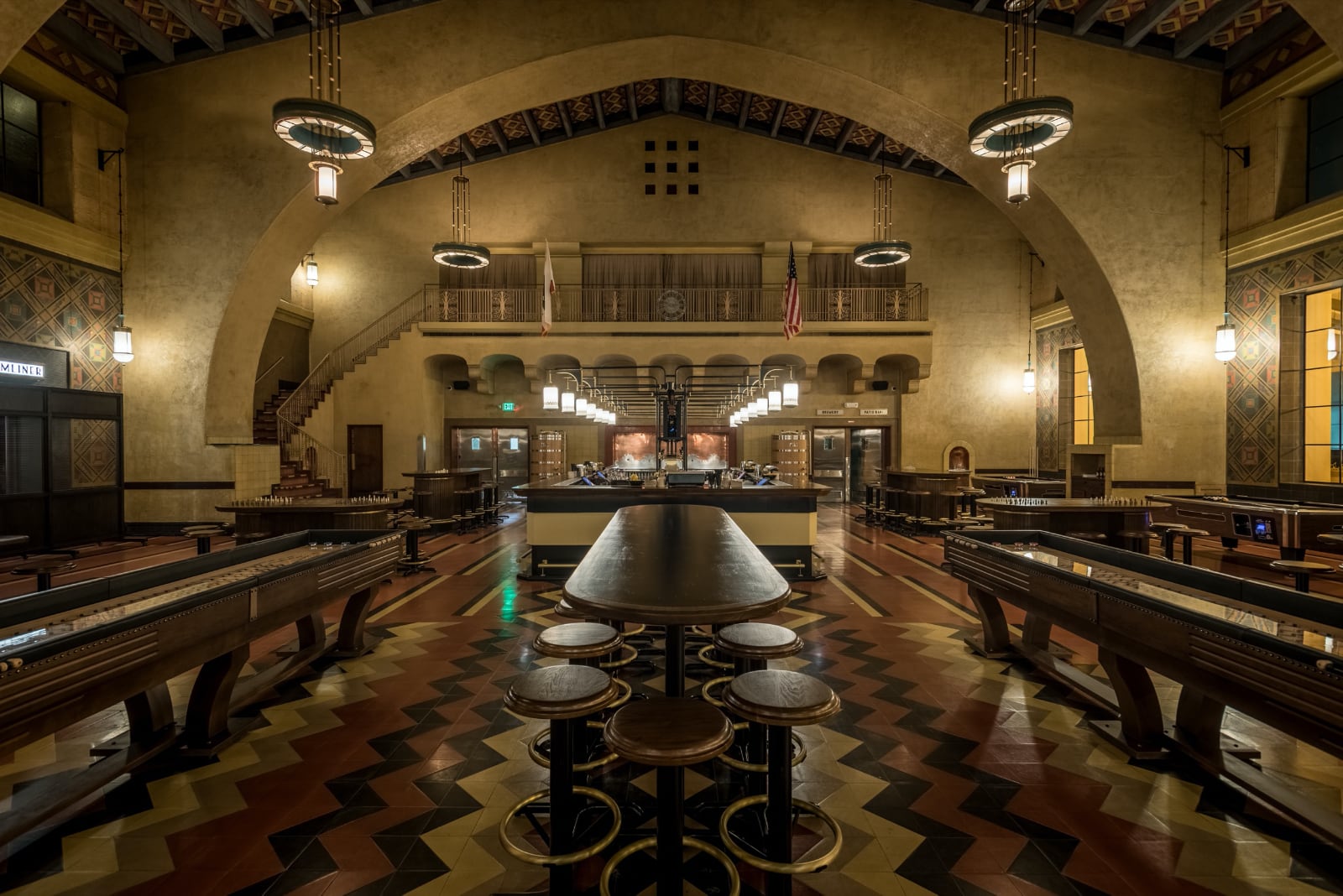Conceived on a grand scale, Union Station became known as the “Last of the Great Railway Stations” built in the United States. The structure combines Art Deco, Mission Revival, and Streamline Moderne style. It was placed on the National Register of Historic Places in 1980.
Los Angeles Union Station opened in May 1939 as the Los Angeles Union Passenger Terminal, replacing La Grande Station and Central Station, and celebrated its 80th birthday in 2019.
Approved in a controversial ballot measure in 1926 and built in the 1930s, it served to consolidate rail services from the Union Pacific, Santa Fe, and Southern Pacific Railroads into one terminal station.
Today, the station is a major transportation hub for Southern California, serving almost 110,000 passengers a day. It is Amtrak’s fifth-busiest station, and by far the busiest in the Western United States and the tenth-busiest in the entire country. Four of Amtrak’s long-distance trains originate and terminate here: the Coast Starlight to Seattle, the Southwest Chief and Texas Eagle to Chicago, and the Sunset Limited to New Orleans. The state-supported Amtrak California Pacific Surfliner regional trains run frequently to San Diego and also to Santa Barbara and San Luis Obispo. The station is the hub of the Metrolink commuter trains, and several Metro Rail subway and light rail lines serve it as well, with more in construction or planning.
It is the main railway station in Los Angeles, California, and the largest railroad passenger terminal in the Western United States.
Architecture

Union Station was partially designed by John Parkinson and Donald B. Parkinson (the Parkinsons) who had also designed Los Angeles City Hall and other landmark Los Angeles buildings. They were assisted by a group of supporting architects, including Jan van der Linden. The structure combines Art Deco, Mission Revival, and Streamline Moderne style, with architectural details such as eight-pointed stars, and even elements of Dutch Colonial Revival architecture (the suggestion of the Dutch-born Jan von der Linden).[18]
Attached to the main building to the south is the station restaurant designed by the famed Southwestern architect Mary Colter. It was the last of the "Harvey House" restaurants to be constructed as a part of a passenger terminal. Although padlocked and stripped of many interior furnishings, the topology of its vast rectangular space, rounded central counter, and streamlined booths remains. The spectacular inlaid cement tile floor reproduces the pattern of a Navajo blanket. Colter also designed a sleek, Streamline Moderne cocktail lounge, which is closed now as well. In October 2014, the Harvey House space was leased to leading local restaurateurs for a gastropub.
Late in her career, Colter designed the exuberant Harvey House restaurant at the 1939 Los Angeles Union Station. Under a spectacular arched ceiling, a dazzling floor appears to be random zigzags and geometrics; from another angle the pattern turns out to be a block-long Navajo blanket made of linoleum tiles. The fabulous dining room and her sleek, Streamline Moderne cocktail lounge were padlocked except for occasional movie shoots and Los Angeles Conservancy tours until 2018. On 4 October 2018, the restaurant was reopened as Imperial Western Beer Company.

